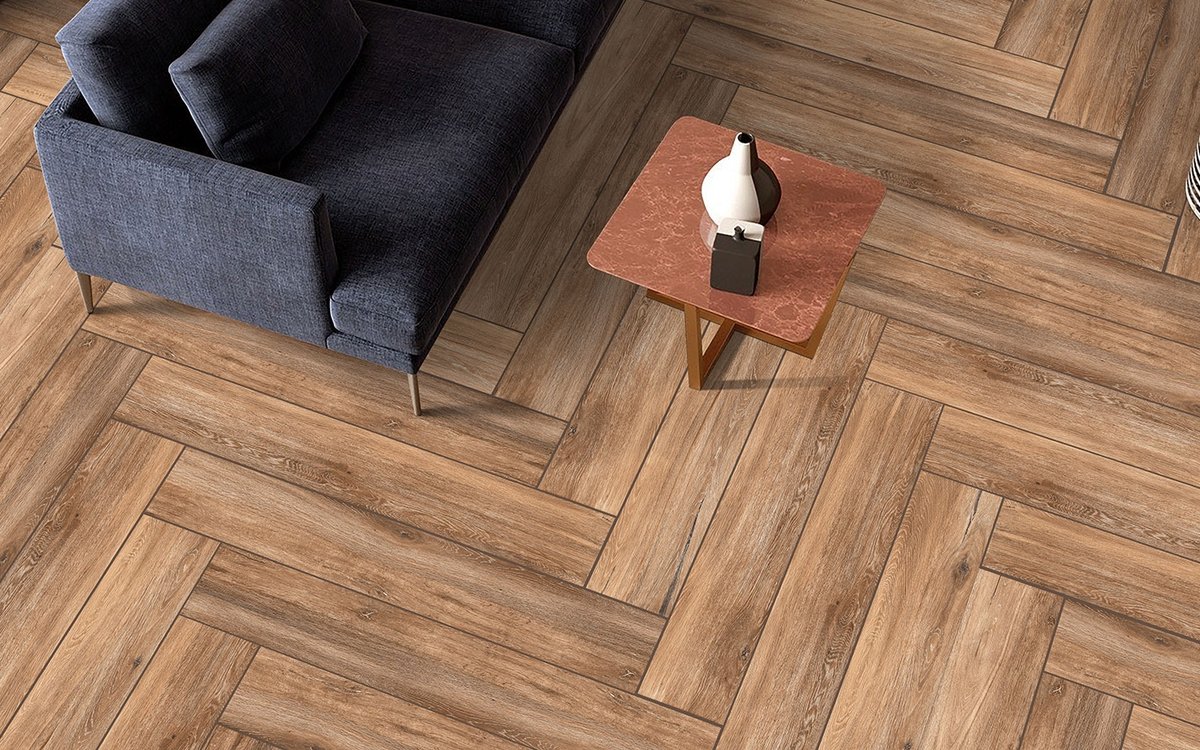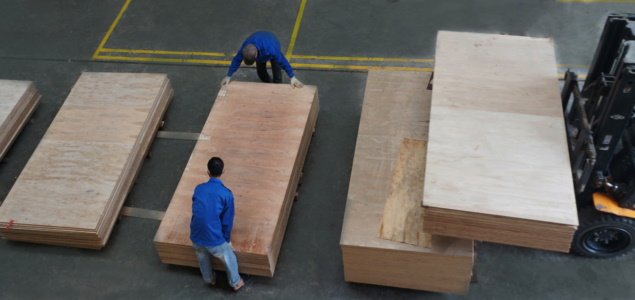In October, the United States experienced a noteworthy 15% increase in hardwood flooring imports, primarily fueled by a remarkable 66% surge in shipments from China. This surge, reaching its highest point in the past 20 months, underscores a robust and sustained upward trend in trade relations between the two nations, reflecting the intricate balance of market demand, trade agreements, and production capabilities. The contrasting dynamics of a 151% increase in hardwood flooring imports from Indonesia and an overall 3% rise from all countries further illuminate the nuanced complexities within the global hardwood flooring market.

In the month of October, there was a noteworthy 15% surge in the import of hardwood flooring into the United States. This considerable uptick can be attributed primarily to a substantial increase in imports from China, which experienced a remarkable 66% spike during the same period.
Importantly, this boost propelled Chinese hardwood flooring imports to their highest level in the past 20 months, indicating a notable and sustained upward trend in trade activities between the two nations.
This surge in hardwood flooring imports from China suggests a dynamic economic relationship, potentially influenced by factors such as market demand, trade agreements, and production capabilities.
The 66% increase highlights the significance of Chinese suppliers in meeting the growing demand for hardwood flooring in the United States. This trend not only impacts the flooring industry but also reflects the broader dynamics of international trade, emphasizing the interconnectedness and reliance on global markets for meeting specific product demands.
Additionally, the importation of hardwood flooring from Indonesia demonstrated a robust performance, showcasing a substantial 35% increase when compared to the preceding month.
This surge in imports from Indonesia is particularly noteworthy, with figures surpassing those from the previous year by an impressive 151% through the month of October. This suggests a notable and sustained growth in trade relations between the United States and Indonesia in the hardwood flooring sector.
It’s interesting to note that while Indonesia stands out with its remarkable performance, the collective import figures from all countries have experienced a more modest but still notable 3% increase so far this year. This implies a diversified sourcing strategy by the United States, with various countries contributing to the overall growth in hardwood flooring imports.
The contrast between the exceptional surge from Indonesia and the modest overall increase underscores the nuanced dynamics and strategic considerations in the global hardwood flooring market.
The positive trend in increased imports continued into the realm of assembled flooring panels, with a noteworthy 16% surge observed in October.
Notably, the substantial contribution from imports originating in China significantly influenced this growth, showcasing an impressive 85% increase to the highest level recorded since January. This reinforces China’s pivotal role in supplying assembled flooring panels to the United States and underscores the impact of international trade dynamics on the domestic market.
In a parallel development, imports from Thailand also contributed significantly to the surge in assembled flooring panels, registering a substantial uptick of 78%.
This surge propelled Thai imports to their highest monthly figures in over a year, suggesting a robust performance and increased market share for Thailand in this specific sector.
The simultaneous growth from both China and Thailand highlights the diverse sources contributing to the heightened demand for assembled flooring panels in the U.S. market.
However, despite the noticeable increase in October, the overall imports for the month witnessed a 6% decline when compared to the figures from the previous month.
This suggests that while certain segments, such as hardwood flooring and assembled panels, experienced growth, there were challenges or reduced demand in other categories, contributing to the overall dip.
Moreover, when evaluating the broader context, the aggregate scenario for total imports of assembled flooring panels continues to lag behind the figures from 2022, marking a substantial 32% decrease compared to the same period last year.
This decline raises questions about the factors influencing overall industry trends, such as economic conditions, consumer preferences, or global supply chain disruptions. The nuanced picture painted by these contrasting figures highlights the complexity of the market forces shaping the import landscape for assembled flooring panels in the United States.
Source: Fordaq.com




